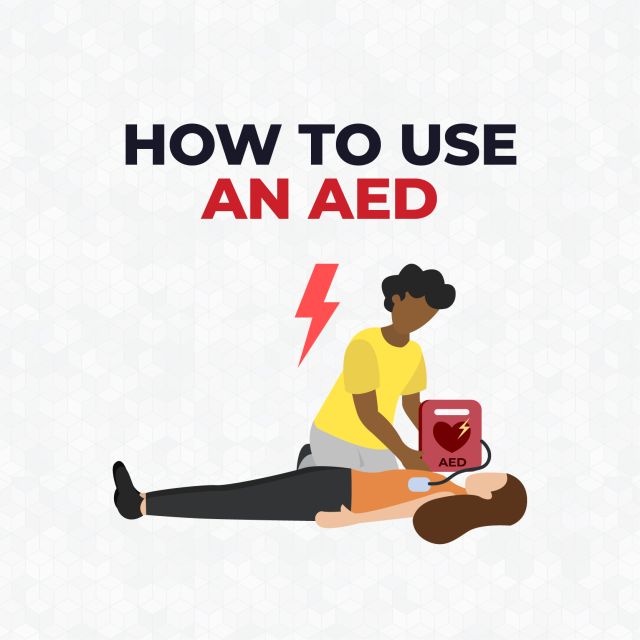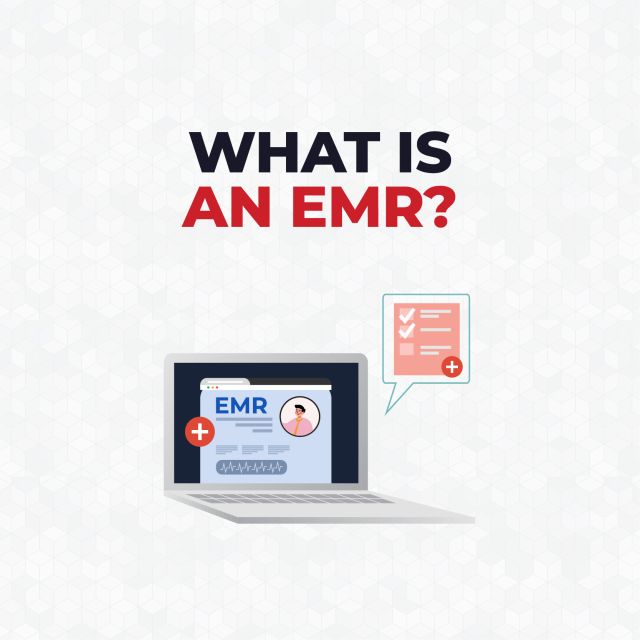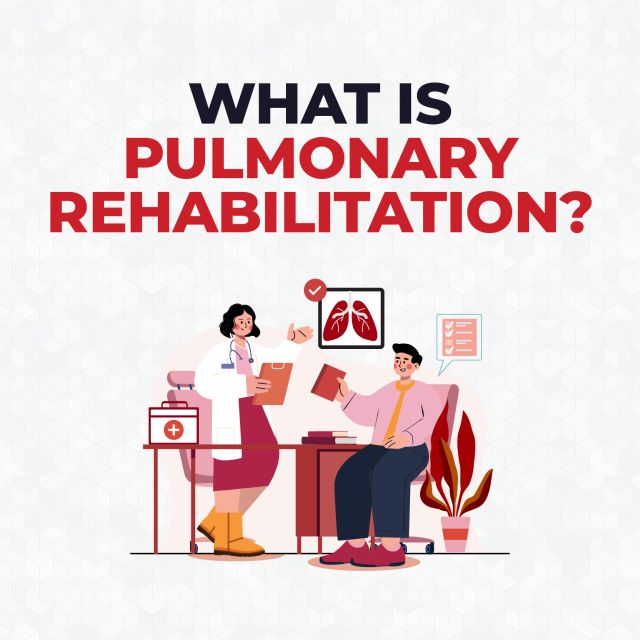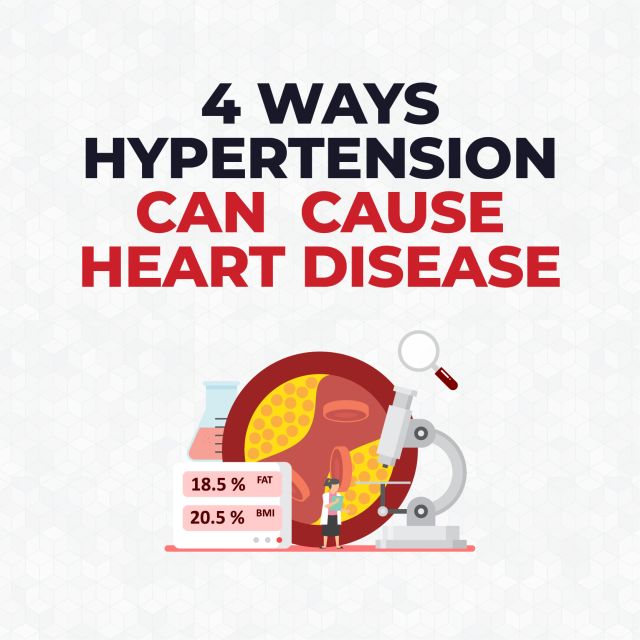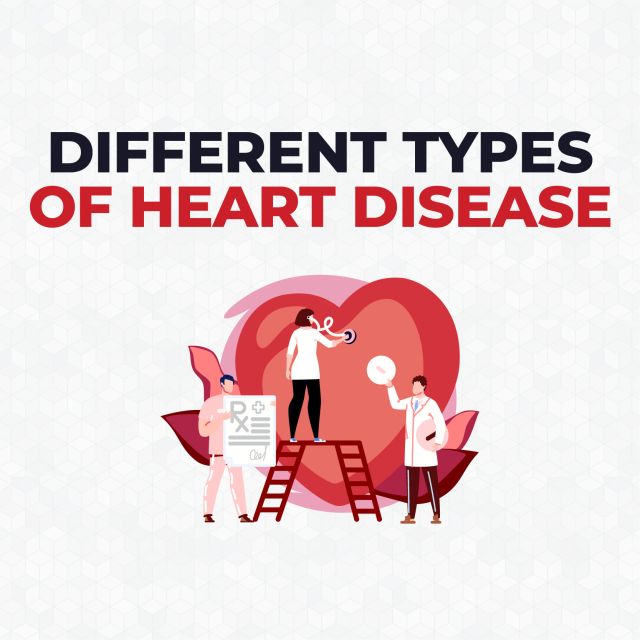World Heart Day: The Future of RPM
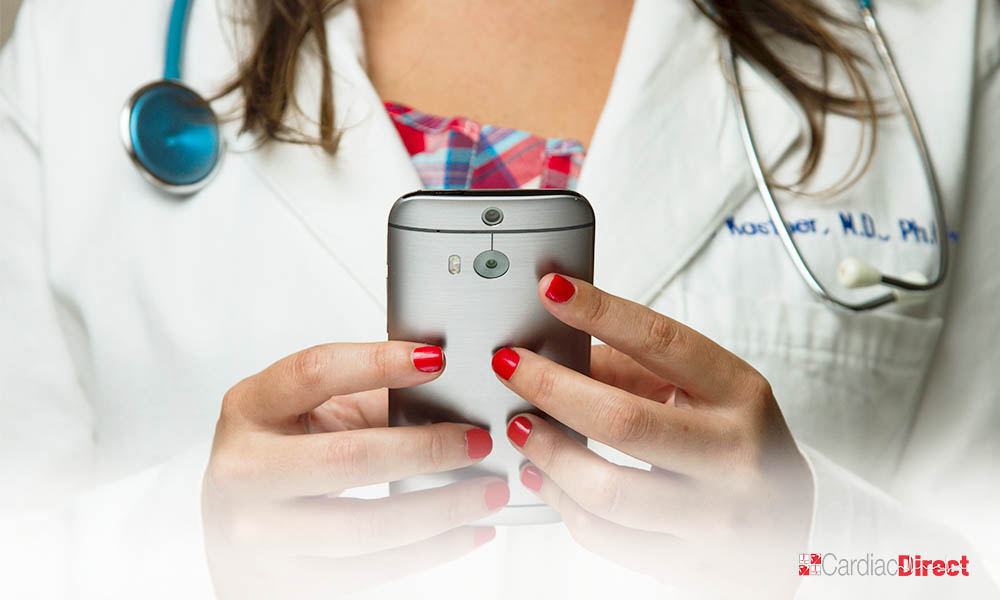
World Heart Day
World Heart Day is September 29th and this year, we’re celebrating the increased beneficial use of RPM for Cardiovascular health. According to Docwire News, remote patient monitoring, or RPM, is a form of telemedicine involving the use of wireless, Bluetooth devices to track and report data to your healthcare providers on such standards as glucose levels, heart rate, blood pressure, and blood oxygen levels.
RPM for Cardiovascular Health:
Rpm is particularly beneficial when it comes to managing cardiovascular health. Specifically, according to Kaiser Permanente’s study back in 2015, out of nearly 110 million patient interactions, 50% were e-visits. In response to bettering patients with chronic heart conditions, some cardiologists are implementing this tech-savvy tool. Docwire News states, whether patients are sleeping, working, or exercising, certain RPM devices will continuously chart the heart’s electrical activity. In addition, this response provides a more comprehensive image compared to the results of an ECG performed at the in-person doctor visit. Actually, by giving patients freedom, they can go about their day until something goes wrong. Then, at which time emails or texts are quickly notifying doctors so that they can act immediately. Research from Docwire News concludes that this form of monitoring is much more effective than in-person doctor visits.
According to the American Heart Association, there is a high volume of research aimed at evaluating the clinical and economic potential for using RPM to reduce the burden of Cardiovascular Disease.
Hypertension and RPM
Hypertension is a major risk factor for Cardiovascular Disease. The AHA is projecting hypertension to affect over 40% of adults in the U.S. by the year 2035. They also state that RPM may serve as a vital conduit for improving hypertension control and reducing the economic burden coming from the costly hospital stays resulting from events related to hypertension. Additional studies have shown RPM’s ability to reduce blood pressure, both SBP and DBP. When compared to patient self-monitoring alone, remote patient monitoring has a greater impact on overall blood pressure control.
Providers who are proactive by offering RPM to their patients with cardiovascular disease may play a major role in the next couple of decades by:
- Improving hypertension control
- Lessening the economic burden of hypertension
- reducing the prevalence of CVD in the U.S.
Benefits of RPM
According to Docwire News, there are many benefits to implementing a remote patient monitoring system.
Some of these include but are not limited to:
- Convenience and lowering cost’s of healthcare
- Preventing hospitalization while enabling doctors to better manage their time
- Maximizing patient follow-through
Conclusion:
Thanks to provided evidence and research, we can conclude that RPM is a cost-effective healthcare delivery model offering physicians and patients many benefits. These benefits include the ability to effectively track, manage, and control risk factors associated with chronic diseases like Cardiovascular Disease.
Works Cited:
Advocacy Department. “Using Remote Patient Monitoring Technologies for Better Cardiovascular Disease Outcomes Guidance.” American Heart Association, 2019, https://www.heart.org/-/media/files/about-us/policy-research/policy-positions/clinical-care/remote-patient-monitoring-guidance-2019.pdf
Robert Dillard, et al. “What Is the Future of Remote Patient Monitoring (RPM)?” Docwire News, 28 Feb. 2020, www.docwirenews.com/blog/what-is-the-future-of-remote-patient-monitoring-rpm/.



